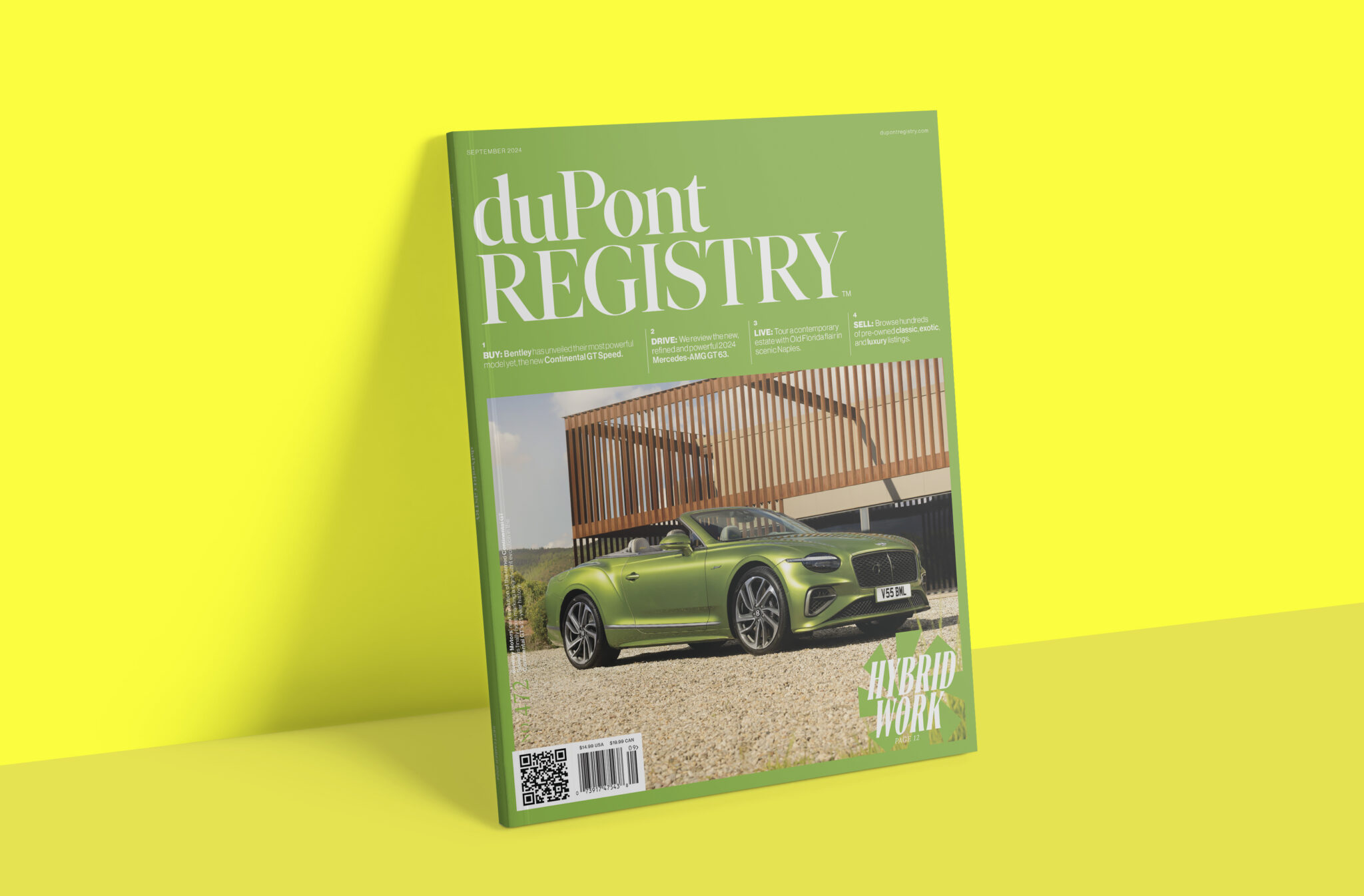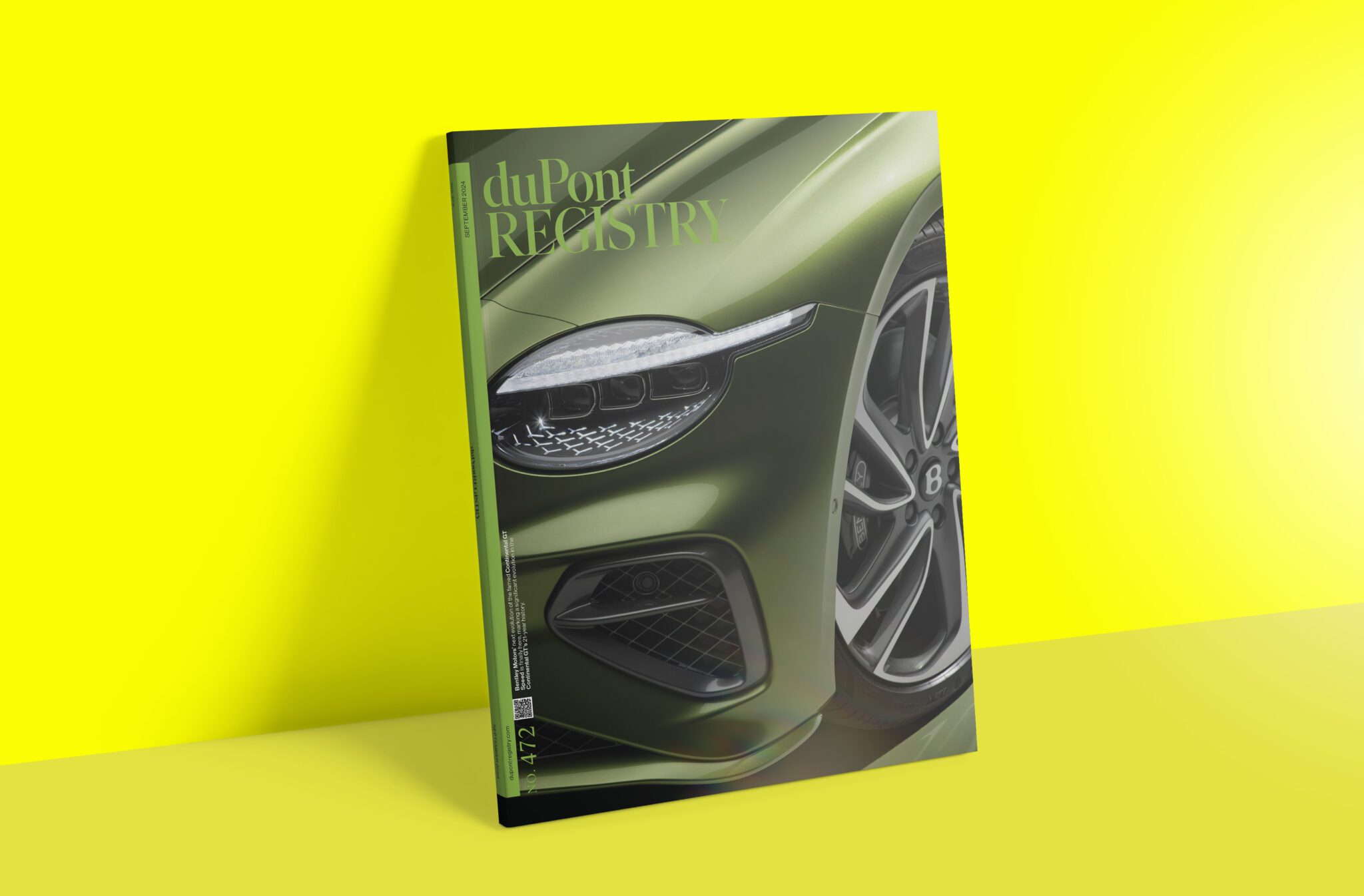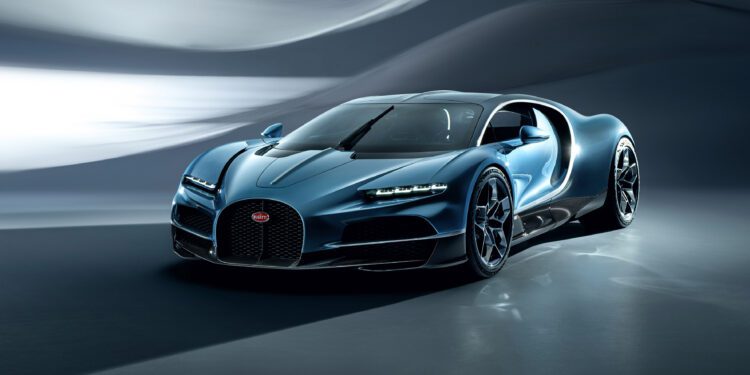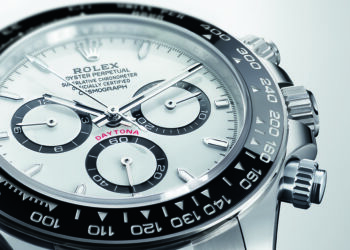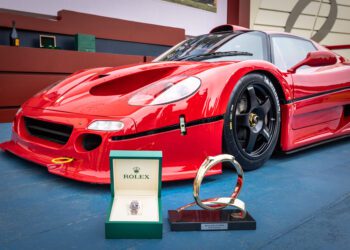When automakers say they’re thinking of the future, it usually involves a roadmap for the next 10 to 15 years. With the Chiron’s replacement, the 1,800-horsepower Tourbillon, Bugatti isn’t looking ahead a few decades but instead to the finely trimmed lawns of the Pebble Beach Concours d’Elegance a century from now.
Bugatti’s obsession with timelessness has been a driving force since the beginning of its third chapter 25 years ago. Despite being a technological powerhouse, essentially refining what it meant for a road car to be “over-engineered,” the Veyron has nearly no components that date it. By abstaining from the early 00s trend of filling cabins with low-res screens powered by cumbersome infotainment systems, interacting with the Veyron is not too dissimilar to the Chiron that succeeded it.
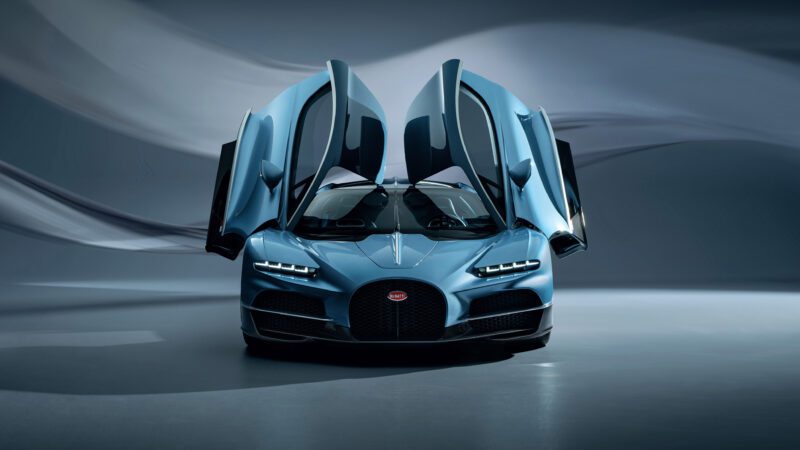
The Tourbillon’s design works to serve its top speed of 276 mph. Drawing from the carmaker’s back catalog, including cars like the Type 35 racer, the mythical Type 57 SC Atlantic, and the elegant Type 41 Royale, the Tourbillon now sits lower to the ground, visually widening the car. However, four key elements: its horseshoe grille, central ridge, dual-color split, and the Bugatti line are present, with all lines emerging from its central opening.
As carmakers lean into all-out electrification, the French carmaker unveils a brand-new 8.3-liter naturally aspirated V16 engine co-developed with legendary engineering firm Cosworth. Despite lacking any forced induction, the V16 generates 1,000 hp by itself, just one shy of the Veyron’s quad-turbo W16. It achieves this despite weighing just 555 pounds. However, it’s not alone. Drawing from its sister brand Rimac, the Tourbillon houses three electric motors, two in its front axle and one in the rear. This setup not only develops a further 800 hp, but Bugatti integrated it to sharpen throttle response and fill in torque when necessary, aside from allowing for true torque vectoring and all-wheel traction.
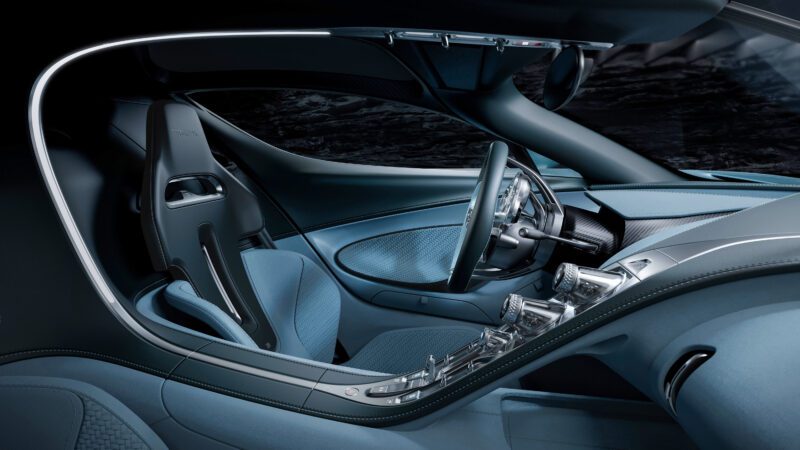
Its total system output is 1,800 hp, and its naturally aspirated engine spins to a screaming 9,000 rpm. While the Tourbillon is still under development, Bugatti claims it’ll sprint to 62 mph in two seconds, reach 124 mph in less than five seconds, and hit its limited top speed of 248 mph in under 25 seconds. However, it activates its Speed Key, and its limit rises to 276 mph. Its new eight-speed dual-clutch transmission and electronic limited-slip differential make these figures possible.
Housed in its central tunnel behind the passengers sits an 800-volt, 25-kilowatt-hour battery pack, allowing the Tourbillon to travel under electric power alone for up to 37 miles. However, despite integrating its new engine, battery pack, and electric motors, Bugatti’s latest is nearly 150-lb lighter than the Chiron that preceded it. To achieve these weight savings, the Bugatti Tourbillon rides on an entirely new carbon composite chassis and body structure, with its battery working as a structural component.
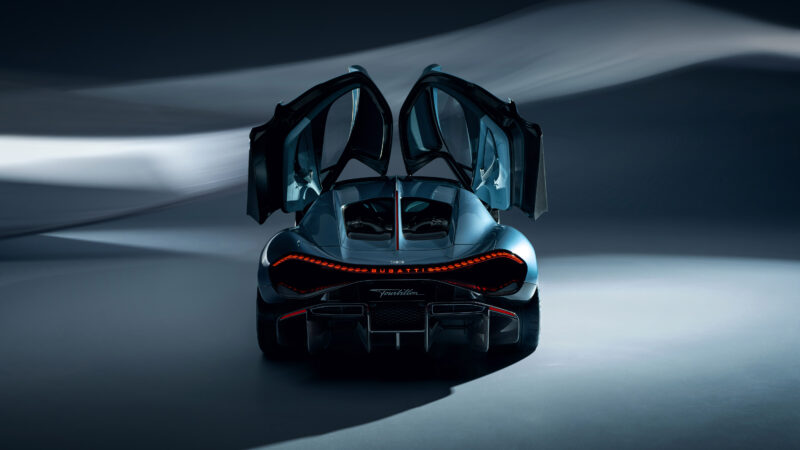
Step inside, and the Tourbillon pairs an elevated level of craftsmanship to balance out its extreme engineering. In keeping with the theme of timelessness, it doesn’t sport any fixed large displays, not even the Chiron’s small screens, which flanked its central tachometer. Instead, Bugatti leaned again into the watchmaking world for its new interior, calling on Swiss watchmakers to develop its skeletonized gauge cluster. Comprised of over 600 components, precious stones decorate the analog dials.
As the French carmaker pulls the covers off its latest offering, the Bugatti Tourbillon is still in the testing phase of its development, with prototypes covering miles worldwide. Unlike the Chiron, its successor’s production run shrinks to just 250 units with a starting price of over $4 million. Its assembly is expected to begin once the brand completes its run of W16 models, with deliveries commencing sometime in 2026.
Source: Bugatti
This article appeared in our September 2024 Issue.
